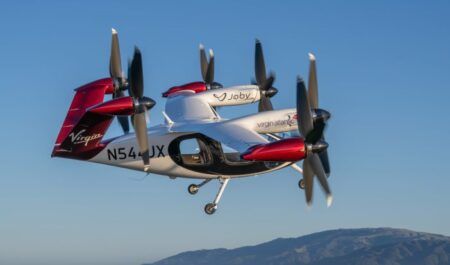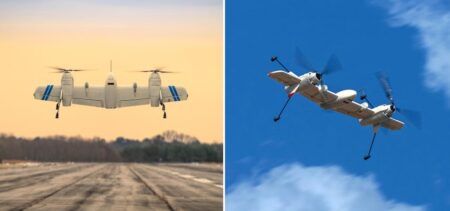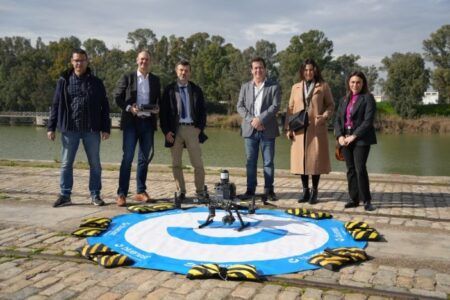Textron eAviation is wind tunnel testing its eVTOL aircraft Nexus using a model.
Textron eAviation was formed last year when US company Textron, which owns the Cessna, Beechcraft, and Bell Aviation brands bought Slovenian electric aircraft maker Pipistrel. The Nexus eVTOL is designed to be used for passenger transport, cargo, and emergency medical services markets.
According to reports the first Nexus prototype is expected to make its maiden flight within the next two years with a cruise speed of 74mph (120 km/h), a 50ft wingspan, a range of 115 miles (185km) and capacity to carry three passengers and a pilot.
The Nexus has been in development since 2016. A full size model was displayed at the NBAA-BACE show in Las Vegas, USA in 2019.
The wind tunnel testing campaign will validate the performance, stability, and control of the vehicle design to confirm preliminary configuration, range, and speed estimates, as well as how the rotors interact with the vehicle aerodynamics for all phases of flight, including VTOL, transition, and cruise.
The Nexus wind tunnel test is being conducted on a 23% scale model to evaluate the rotors at the full range of conversion angles and power levels, drawing on Textron’s decades of test experience from its tilt rotor, turboprop, and jet aircraft product development.
The tests also provide immediate information related to tail size, engine power requirements, transition strategies, hover net thrust and aerodynamic drag, clearing the path towards final requirements that meet certification standards.
Rob Scholl, president and CEO of Textron eAviation, said, “Starting wind tunnel testing is a major milestone for the Nexus, enabling us to calibrate our simulations and validate our design. The Nexus aircraft is designed with a focus on operating economics demanded by customers and meeting the rigorous standards of global safety regulators.
“While eVTOLs have unique configurations in terms of their layout and number of rotors, Textron eAviation is leveraging the extensive experience of programs like the Bell V22 and V280,” Scholl said. “The data and insights gained from this will tunnel testing will allow us to further refine our models and designs to design a viable, leading eVTOL aircraft.”





